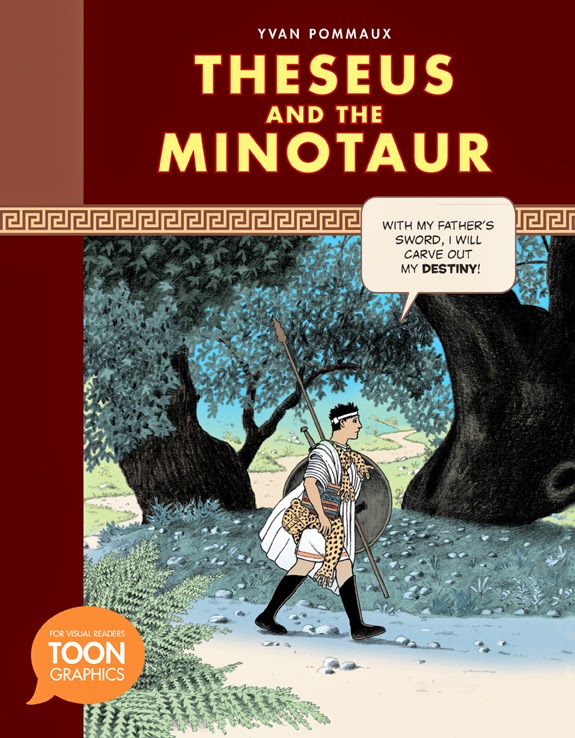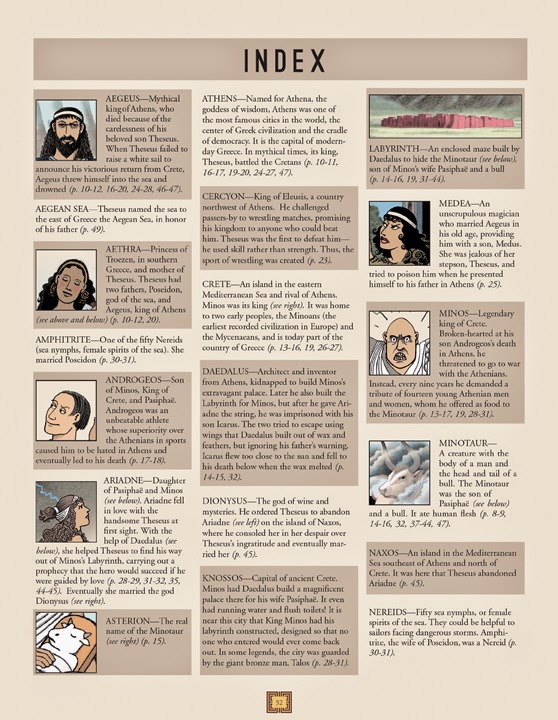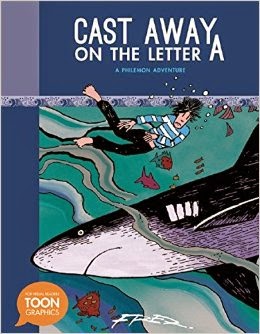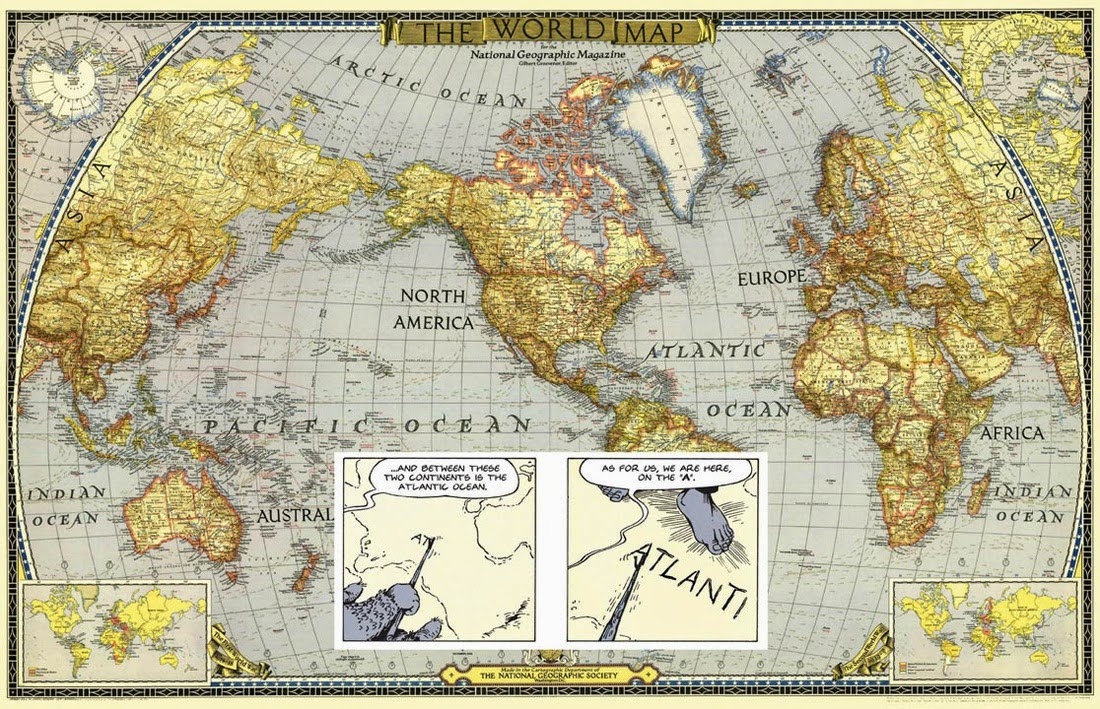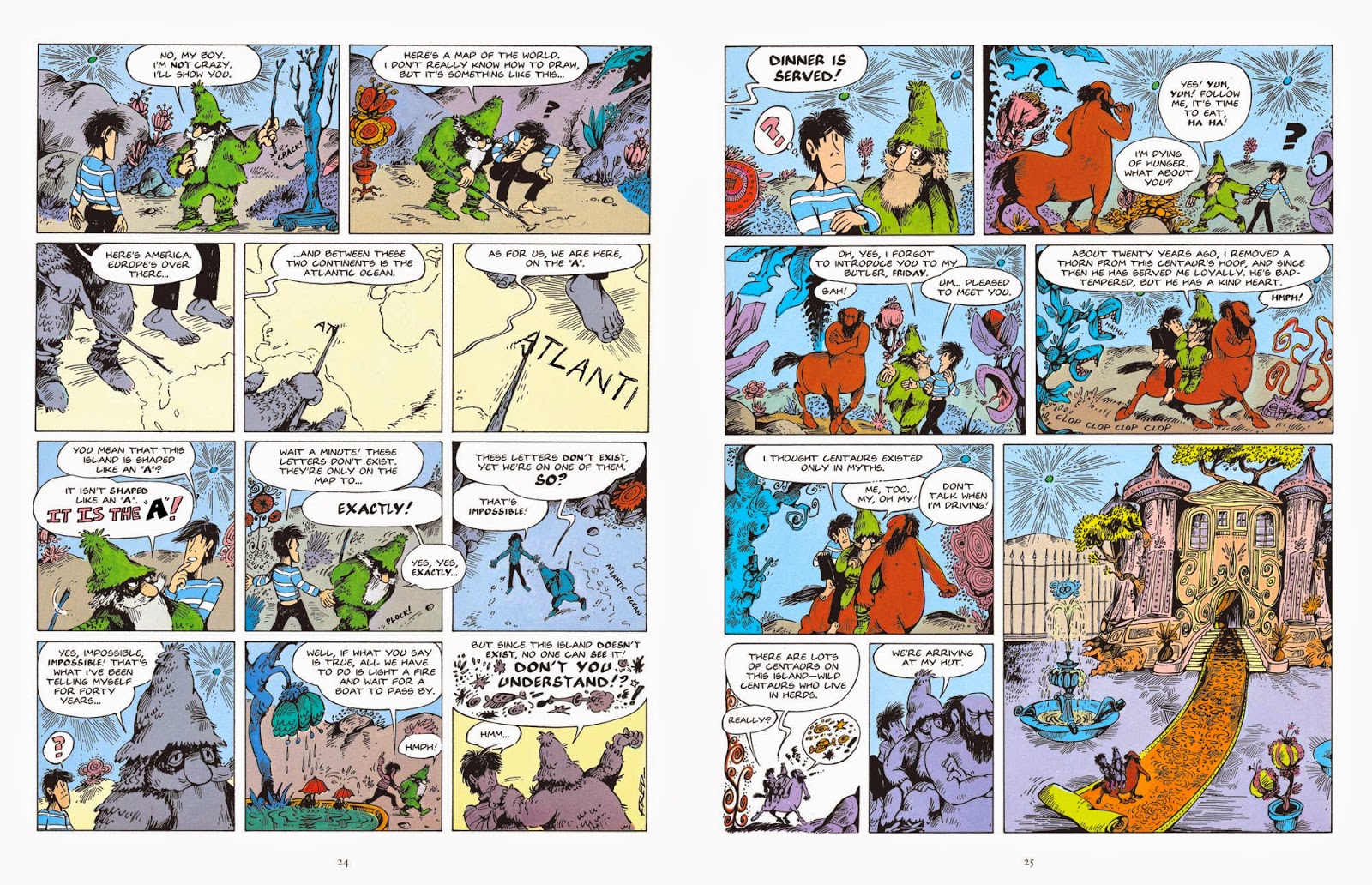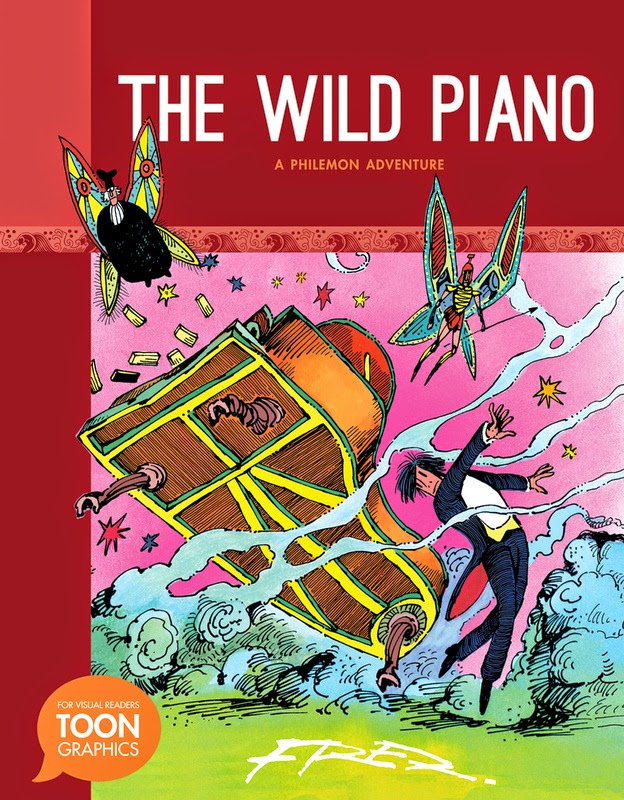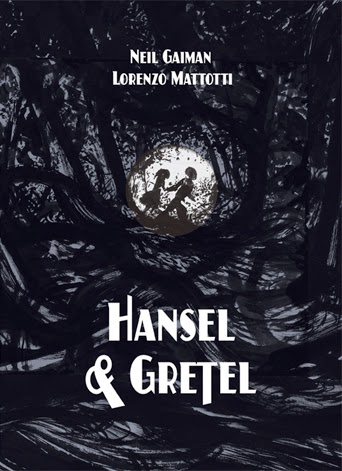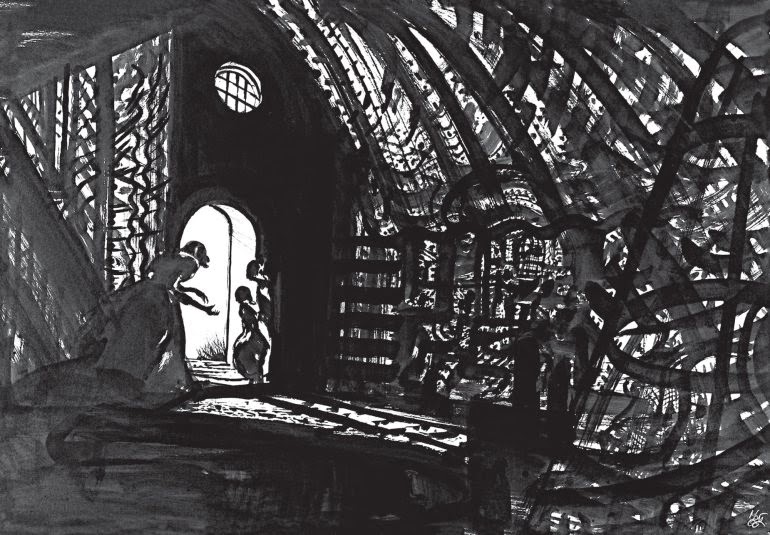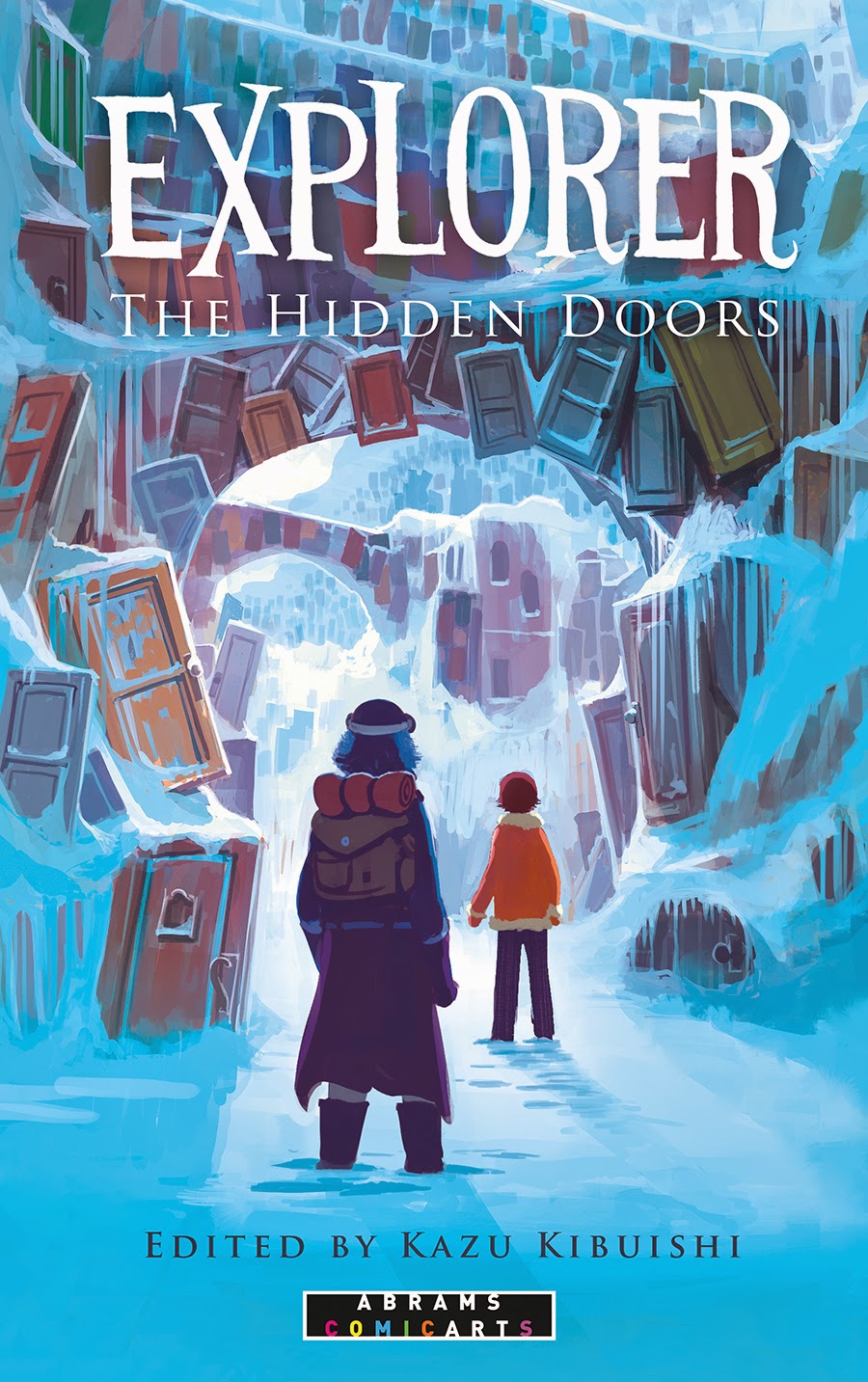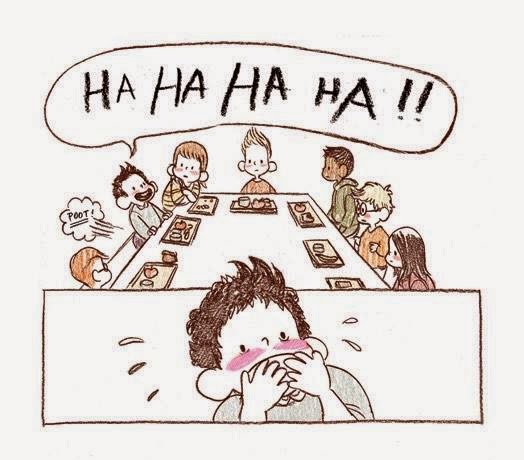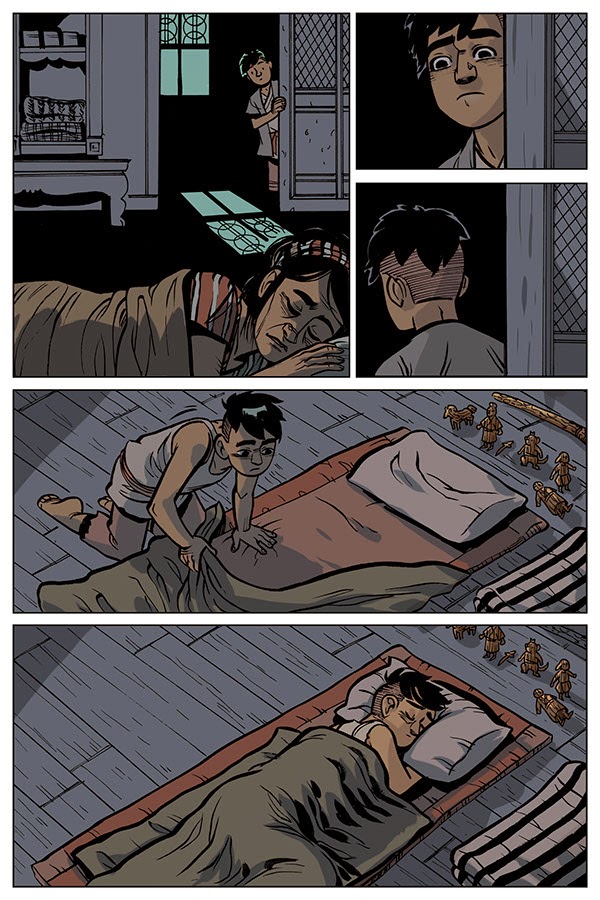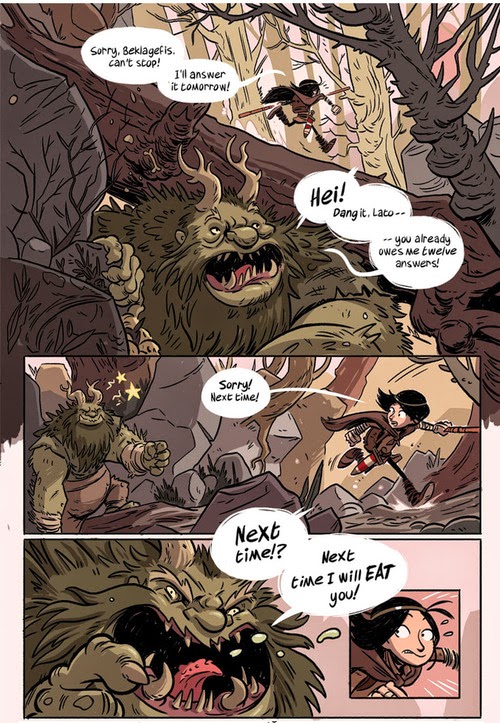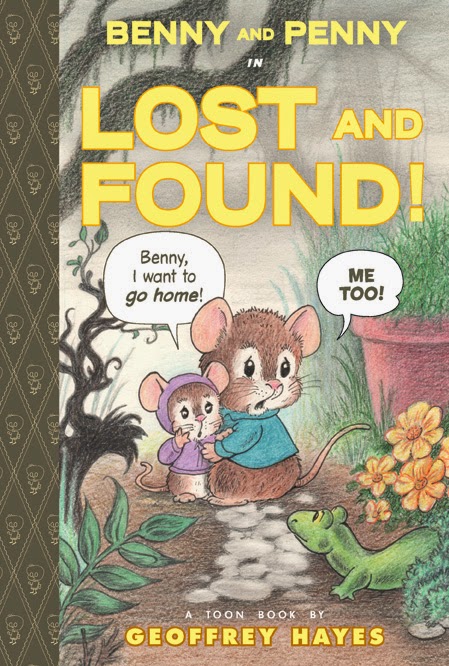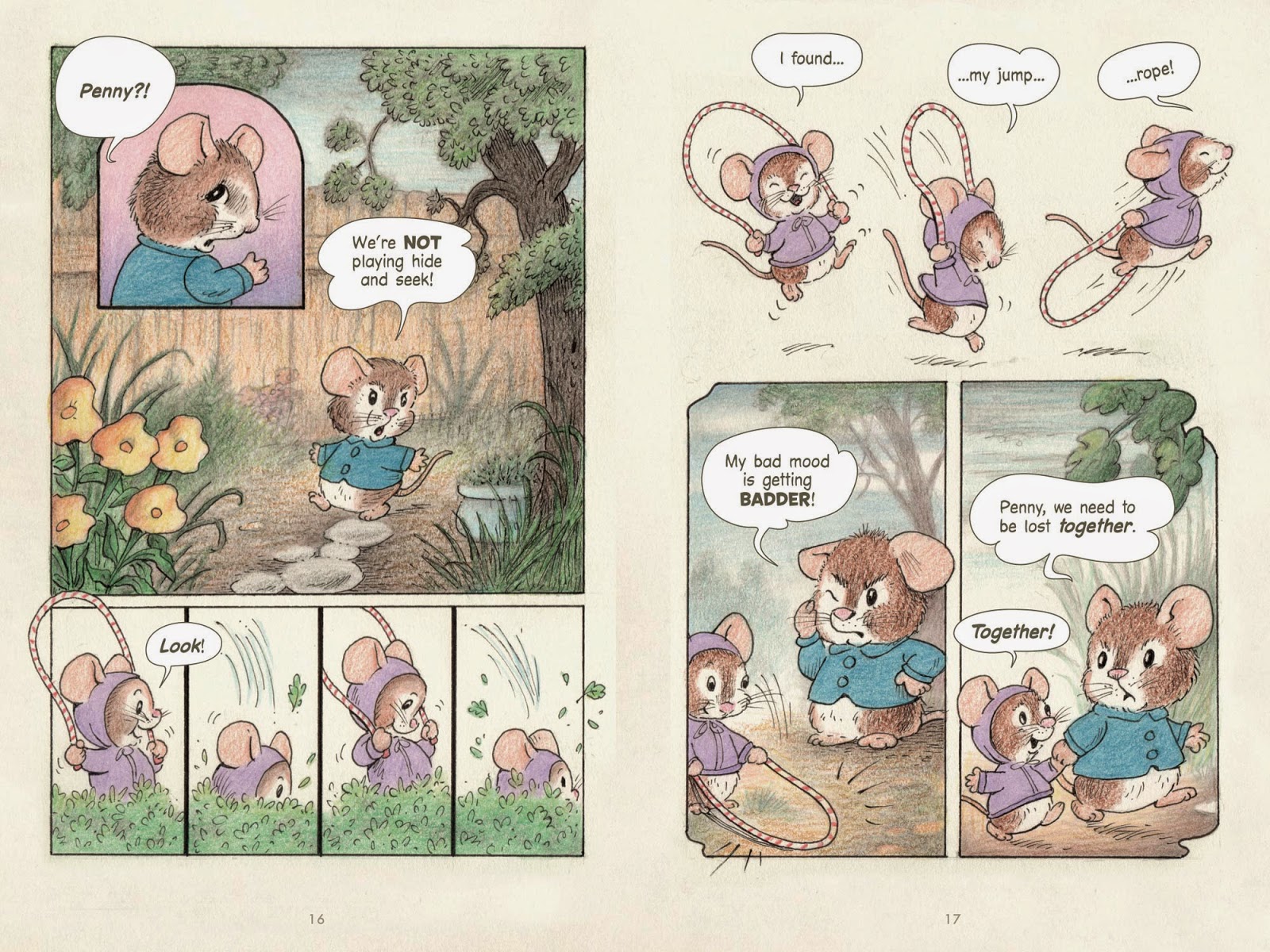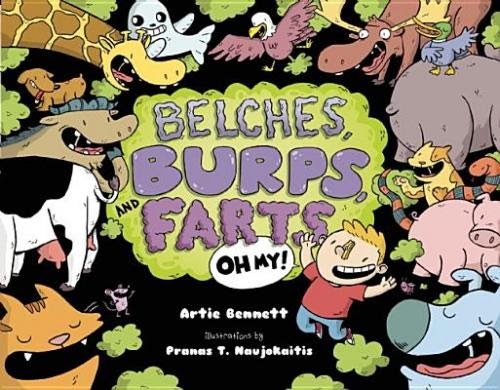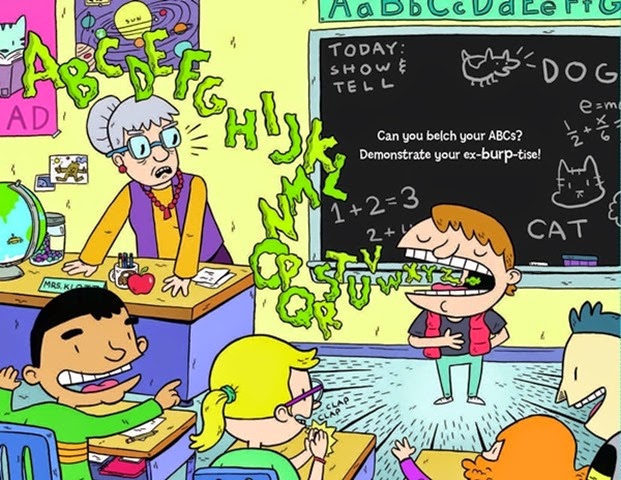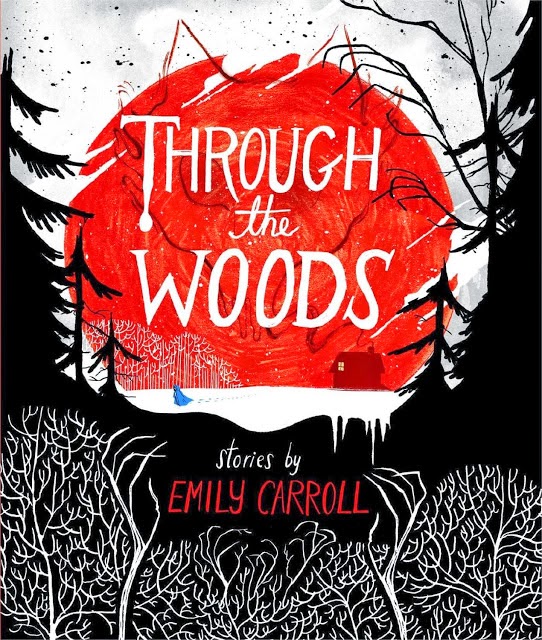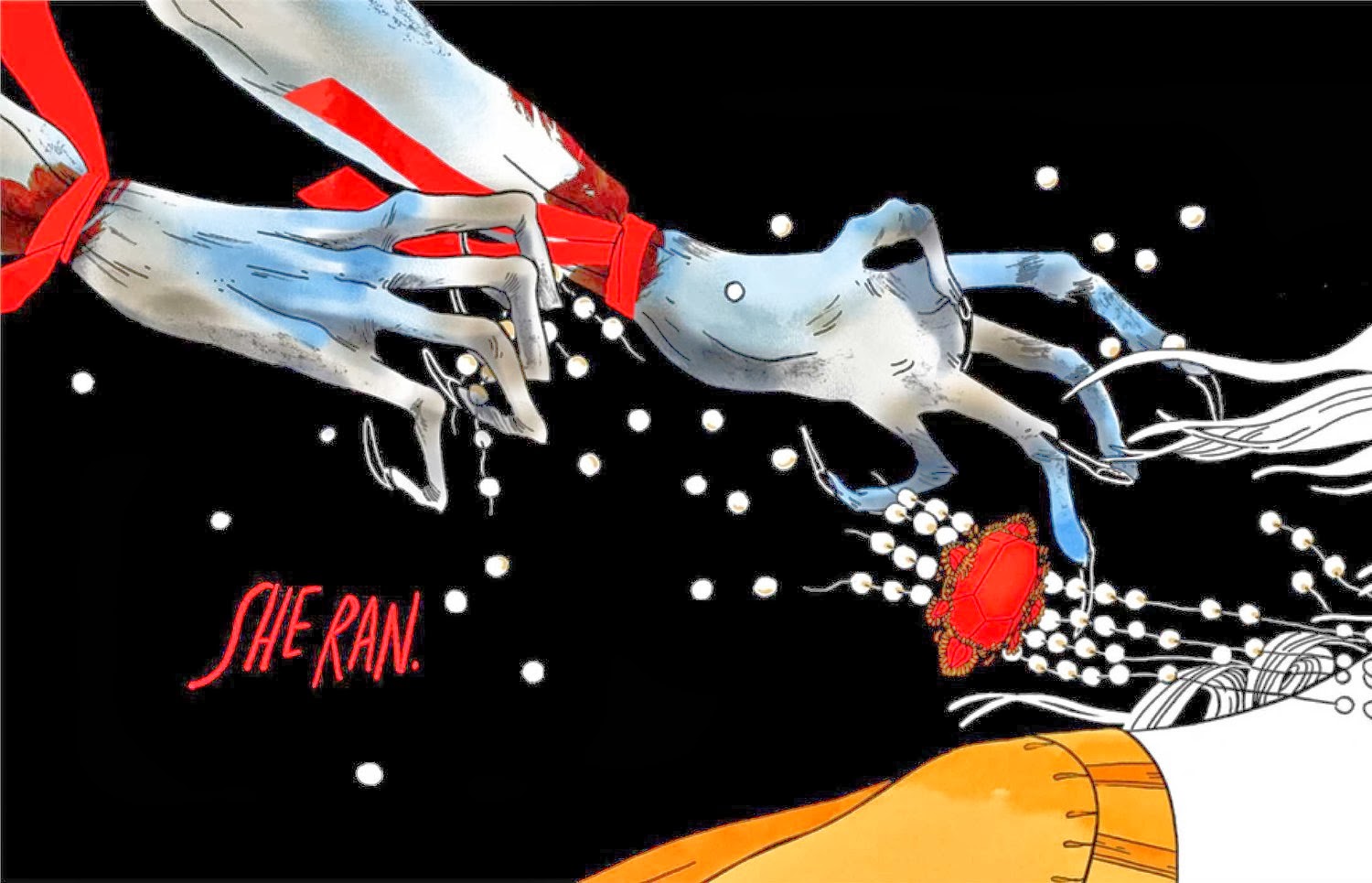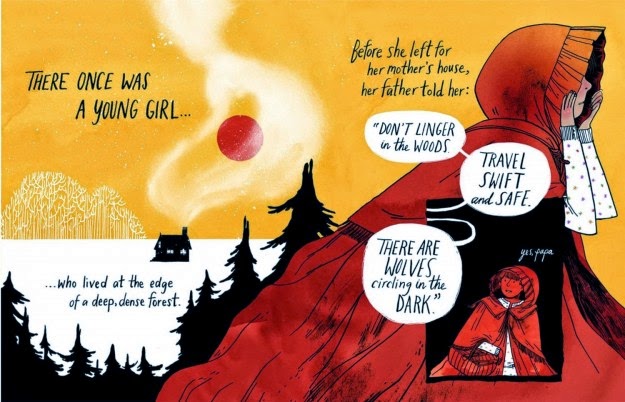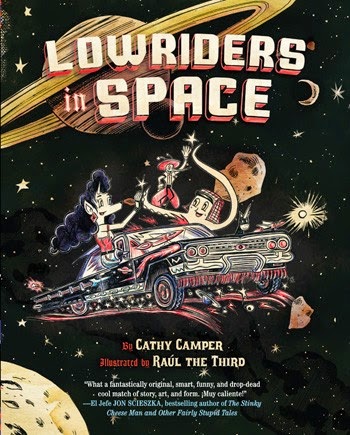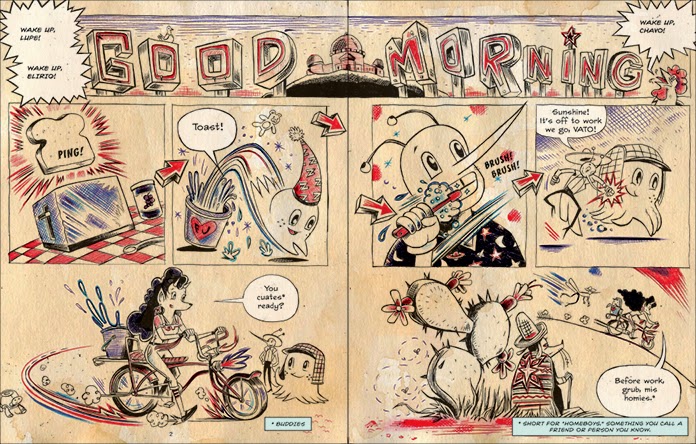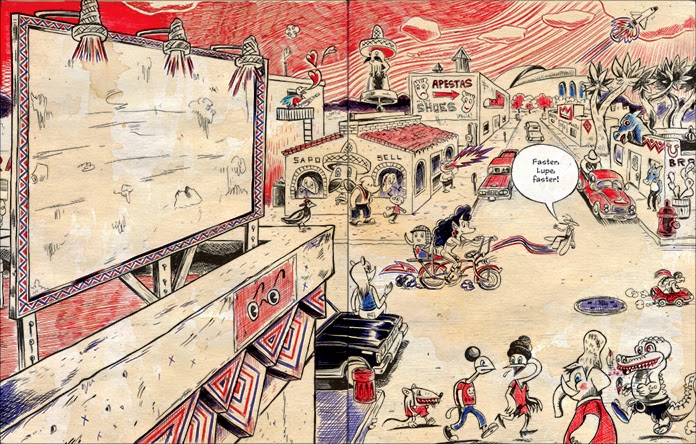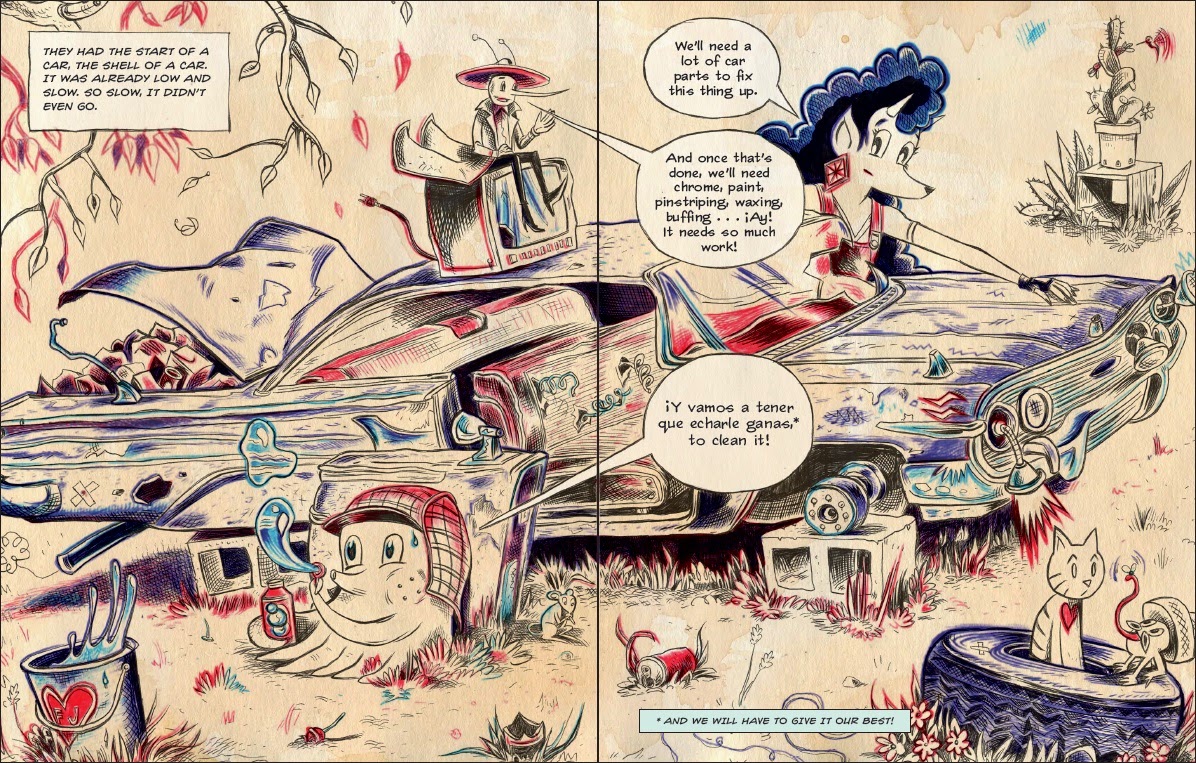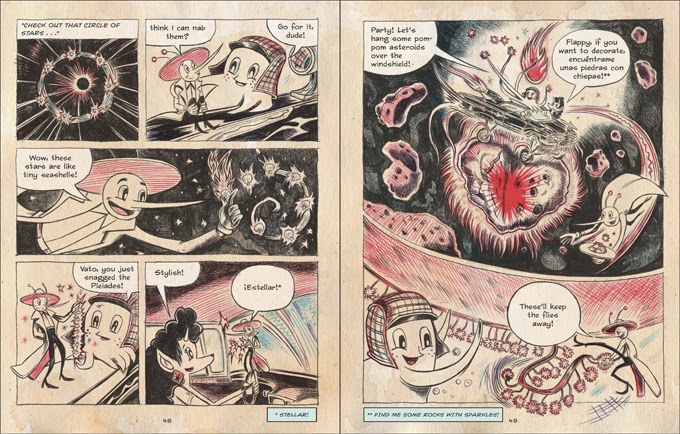Theseus and the Minotaur is a new book by beloved French author Yvan Pommaux, known for his detailed research and illustration style, who has won many prestigious awards and had three schools named after him! Theseus and the Minotaur is also a new title from TOON Graphics, a new line of graphic novels for kids reading at 3rd grade level and above created by the amazing François Mouly and the fantastic people at TOON Books who are dedicated to giving emergent, and now developing, readers quality, high interest books.
Pommaux's story is packed with characters and plot, action and oddities, as Greek myths are. And, the story of Theseus and the Minotaur has roots in history. The story begins with a modern ship at sea in the dark of night where a grandfatherly type says he is going to give his audience, a boy and a girl, the story they asked for. After births, bulls, battles and betrayals, Theseus defeats the Minotaur and returns home to more sadness. The story returns to the ship at sea, now clearly in the Aegean Sea, and the storyteller, who tells listeners that Theseus's first act as king was to name the sea where his father, Aegeus, died, after him. Next, Theseus decided to value wisdom and humility over bravery and courage and he stepped down from the royal throne, instead establishing a form of government of the people now known as democracy.
 Pommaux's story is dense and complex at times, but he includes pronunciation guides for names and places and breaks the text up with the illustrations in ways that make it easier to follow and keep track of the various characters and places. And, as with all books in the TOON Graphics series, there is a the superb "Visual Glossary" and an index along with the tips for parents, teachers and librarians at the end of the book give context for the story and interesting, valuable information and insights that enrich the reader's experience.
Pommaux's story is dense and complex at times, but he includes pronunciation guides for names and places and breaks the text up with the illustrations in ways that make it easier to follow and keep track of the various characters and places. And, as with all books in the TOON Graphics series, there is a the superb "Visual Glossary" and an index along with the tips for parents, teachers and librarians at the end of the book give context for the story and interesting, valuable information and insights that enrich the reader's experience.
Source: Review Copy
